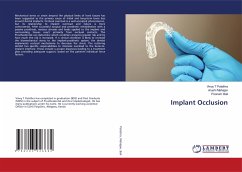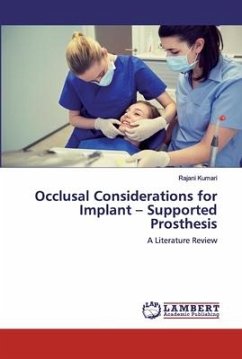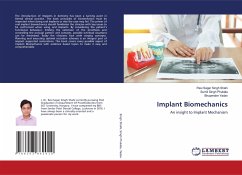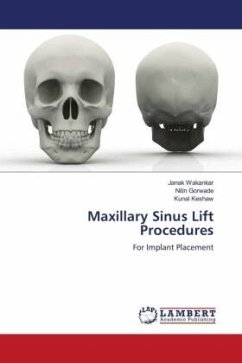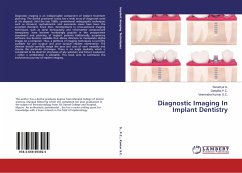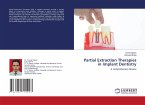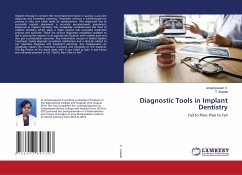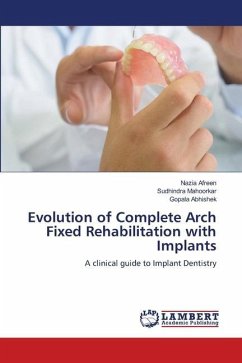Mechanical stress or strain beyond the physical limits of hard tissues has been suggested as the primary cause of initial and long-term bone loss around dental implants. Occlusal overload is a well-accepted phenomenon, but its relationship to implant overload and failure is more controversial. After successful surgical and prosthetic rehabilitation with a passive prosthesis, noxious stresses and loads applied to the implant and surrounding tissues result primarily from occlusal contacts. The Prosthodontist can determine which condition presents greater risk and by how much the risk is increased. If a clinical condition is likely to increase the biomechanical stress to the implant-prosthetic system, the dentist implements occlusal mechanisms to decrease the stress. The restoring dentist has specific responsibilities to minimize overload to the bone-to-implant interface. These include a proper diagnosis leading to a treatment plan providing adequate support, based on the patient's individual force factors.

